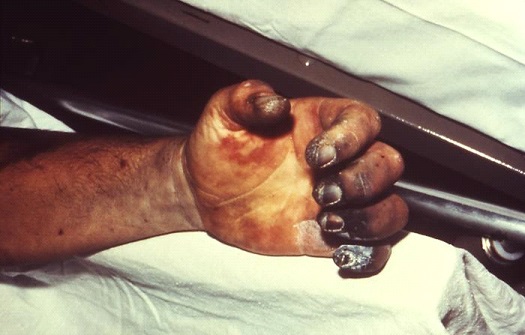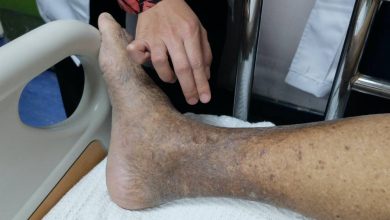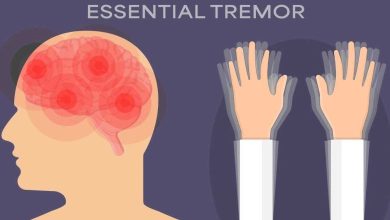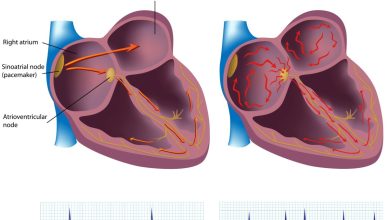Plague Symptoms, Causes, Diagnosis and Treatment

What Is Plague?
It is a life-threatening bacterial infection, known to spread by fleas. Normally referred to as “black death” the plague was nothing less than an abattoir of sorts. With the spread of it starting in Europe during the start of 1347, the plague was considered to be incessant, but after years of wrecking havoc, the plague ended in Europe probably during the year 1353. With a plethora of disadvantages and a huge number of deaths, totaling into the millions, it can safely be said that the plague was the deadliest of all diseases to attack the world.
As of today, it occurs in less than some thousands of individuals every year, throughout the world. As mentioned earlier, plague is deadly, in case no prompt actions are taken for its treatment. Organism responsible for causing the disease spreads in people, who handle animals that are infected. Moreover, an individual can also contract plague in case he or she has been bitten by a flea that has fed on some infected rodent.
What Are The Symptoms Of Plague?
The disease is categorized into three types, depending upon the body part that is affected. These are:
- Bubonic plague: It is the common of all, and can be situated in the neck, armpit or groin. It is tender and can be of an egg size. Moreover, the type may also source muscle aches, fatigue, headache and fever.
- Septicemic plague: This is known to arise when the responsible bacteria tend to multiply in the bloodstream. Common signs are chills, diarrhea, abdominal pain, shock, vomiting, bleeding from the rectum, nose or mouth. In the advance stages, the disease can cause death and blackening of tissues, commonly the nose, toes and fingers.
- Pneumonic plague: the least common type involves the lungs. Being the dangerous of all, it is transmittable from an individual to another through cough droplets. Sings develop within some hours after the person becomes infected and are weakness, nausea accompanied with vomiting, high fever, breathing difficulties, and cough with the release of bloody sputum. With the progression of disease, shock and respiratory failure are the common symptoms that occur on a rapid pace. In case prompt treatment is not pursued, than the patient is at risk to lose his or her life.
What Causes Plague?
As mentioned earlier, it is a bacterial infection, triggered by Yersinia pestis. The bacteria spread through fleas. In case a flea feds on an animal that is infected and later bites an otherwise healthy person, then this can cause the transmission of bacteria to the human body. Infected animals can include the following:
- Rabbits.
- Squirrels.
- Rats.
- Chipmunks.
- Prairie dogs.
How Is Plague Diagnosed?
In case the doctor doubts plague on the basis of the symptoms, then he will possibly check for the responsible bacteria, in the samples derived from the lungs, blood or buboes.
How Is Plague Treated?
After the doctor doubts the patient being infected with plague, he/she will advice the patient to be admitted in a hospital where the patient will receive powerful dosages of antibiotics.
Related Articles :
Wrinkles Symptoms, Causes, Diagnosis, Treatment and Prevention
Sunburn Symptoms, Causes, Diagnosis and Treatment
Sun allergy Symptoms, Causes, Diagnosis, Treatment and Prevention
Soy Allergy Symptoms, Causes, Risk Factors, Diagnosis and Treatment
Amyloidosis Symptoms, Causes, Diagnosis and Treatment
Actinic Cheilitis Symptoms, Causes, Diagnosis and Treatment
Plantar Warts Symptoms, Causes, Diagnosis and Treatment
Common Warts Symptoms, Causes, Risk Factors, Diagnosis And Treatment
Scorpion Stings Symptoms, Causes, Complications, Diagnosis and Treatment
Polymorphous Light Eruption Symptoms, Causes, Risk Factors, Diagnosis and Treatment
Parvovirus Infection Symptoms, Causes, Diagnosis and Treatment
MRSA infection Symptoms, Causes, Complications, Diagnosis and Treatment
Limited Scleroderma Symptoms, Causes, Risk Factors, Complications, Diagnosis and Treatment
Heat Rash Symptoms, Causes, Diagnosis and Treatment
By : Natural Health News




